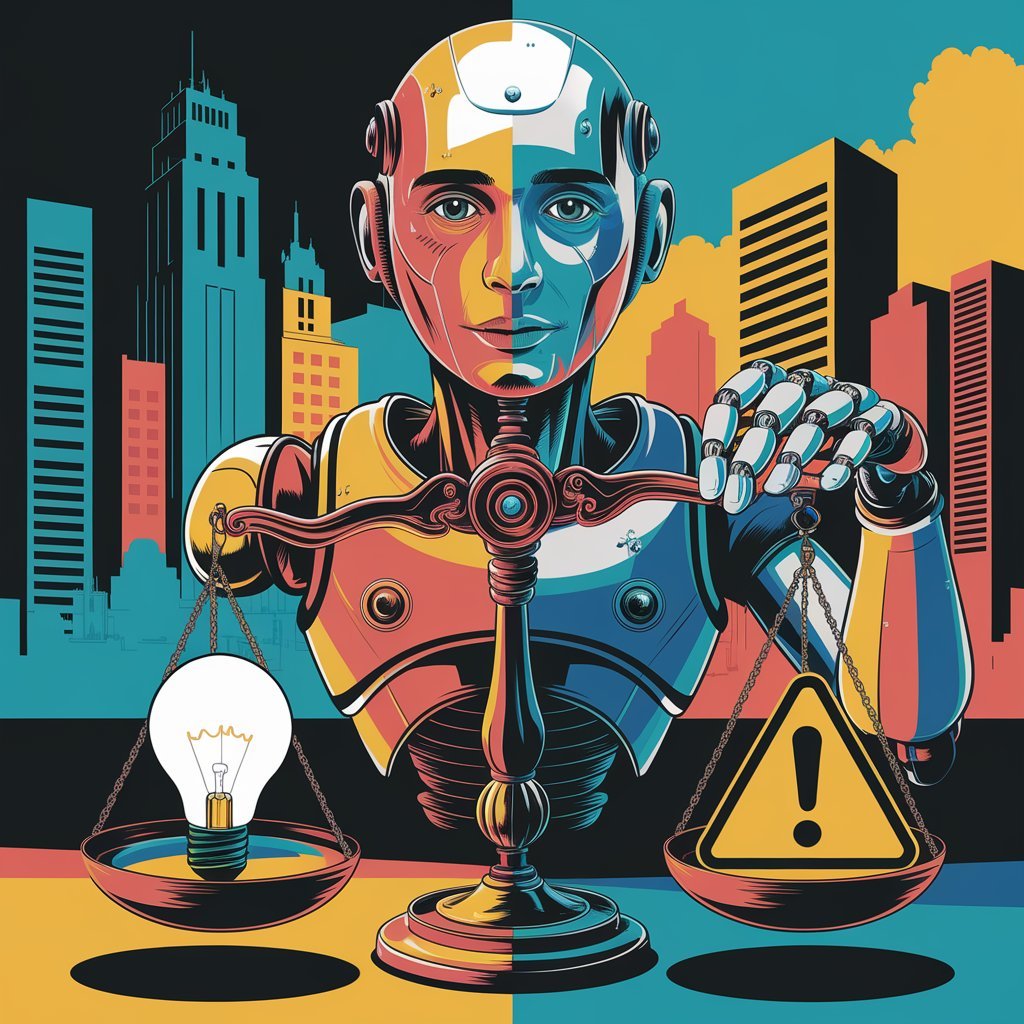Artificial Intelligence (AI) has become one of the most transformative technologies of our time, promising to revolutionize how businesses operate. From automating tasks to predicting customer behavior, AI offers a wealth of opportunities.
But as with any powerful tool, it’s important to understand its strengths and limitations.
In this post, we’ll take an honest look at what AI can and can’t do for your business.
By setting realistic expectations, you can make informed decisions and unlock AI’s true potential — without falling for the hype.
What AI Can Do for Your Business
1. Automate Repetitive Tasks
AI excels at handling repetitive, rule-based tasks that consume time and resources. From data entry to inventory management, AI can take these tasks off your plate, freeing up your team to focus on higher-value work.
Examples:
- Use AI-powered tools like Zapier to automate workflows between apps.
- Implement chatbots like ManyChat to handle customer inquiries 24/7.
The Benefit:
Increased efficiency and reduced operational costs.
2. Enhance Customer Experiences
AI can analyze customer data to deliver personalized experiences at scale. Whether it’s recommending products, tailoring marketing messages, or providing instant support, AI helps you connect with customers in meaningful ways.
Examples:
- Use AI-driven platforms like HubSpot for personalized email marketing.
- Deploy chatbots like Intercom to offer real-time customer support.
The Benefit:
Improved customer satisfaction and loyalty.
3. Provide Data-Driven Insights
AI can process vast amounts of data to uncover patterns, trends, and insights that humans might miss. This helps you make smarter, data-driven decisions.
Examples:
- Use tools like Google Analytics to track website performance.
- Leverage AI-powered CRM systems like Salesforce to analyze customer behavior.
The Benefit:
Better decision-making and a competitive edge.
4. Optimize Marketing Efforts
AI can analyze customer behavior and campaign performance to optimize your marketing strategies. From predicting the best times to post on social media to identifying high-value leads, AI helps you get the most out of your marketing budget.
Examples:
- Use platforms like Hootsuite for AI-driven social media management.
- Leverage tools like Google Ads for real-time ad optimization.
The Benefit:
Higher ROI on marketing spend.
5. Improve Operational Efficiency
AI can streamline operations by predicting demand, optimizing schedules, and reducing waste. This is especially valuable for businesses with complex supply chains or workforce management needs.
Examples:
- Use inventory management tools like TradeGecko to predict demand.
- Implement workforce management platforms like Deputy to optimize scheduling.
The Benefit:
Lower costs and improved productivity.
What AI Can’t Do for Your Business
1. Replace Human Creativity and Judgment
While AI can analyze data and make recommendations, it lacks the creativity, intuition, and emotional intelligence that humans bring to the table. AI can’t design a groundbreaking marketing campaign, resolve a complex customer complaint, or make strategic decisions based on nuanced understanding.
The Reality:
AI is a tool to augment human capabilities, not replace them.
2. Work Without Quality Data
AI is only as good as the data it’s trained on. If your data is incomplete, outdated, or biased, the insights and recommendations generated by AI will be flawed.
The Reality:
Investing in data quality and governance is essential to getting the most out of AI.
3. Solve All Your Problems Overnight
AI is powerful, but it’s not a magic wand. Implementing AI requires careful planning, integration, and ongoing optimization.
The Reality:
Set realistic timelines and expectations for AI projects.
4. Operate Ethically Without Human Oversight
AI systems can inadvertently perpetuate biases or make decisions that have ethical implications. For example, an AI hiring tool might favor certain demographics if not properly trained.
The Reality:
Human oversight is crucial to ensure AI operates ethically and fairly.
5. Replace the Need for Skilled Employees
While AI can automate certain tasks, it still requires skilled professionals to implement, manage, and interpret its outputs.
The Reality:
Invest in training your team to work alongside AI effectively.
How to Set Realistic Goals for AI in Your Business
To unlock AI’s true potential, it’s important to set realistic goals and approach implementation strategically.
Here’s how:
Start Small:
Focus on one area where AI can make an immediate impact, such as customer service or marketing.
Define Clear Objectives:
Identify specific problems you want AI to solve, such as reducing response times or increasing sales.
Invest in Data Quality:
Ensure your data is accurate, complete, and up-to-date to maximize AI’s effectiveness.
Train Your Team:
Equip your employees with the skills they need to work with AI tools.
Monitor and Adjust:
Continuously track AI’s performance and make adjustments as needed.
The Bottom Line: AI Is a Tool, Not a Miracle Worker
AI has the potential to transform your business, but it’s not a one-size-fits-all solution.
By understanding what AI can and can’t do, you can set realistic expectations, make informed decisions, and unlock its true potential.
The key is to approach AI as a tool that complements human expertise — not replaces it.
When used strategically, AI can help you achieve extraordinary results, from boosting efficiency to delighting customers.
Ready to explore how AI can work for your business?
Start small, stay focused, and watch as AI helps you achieve your goals.


